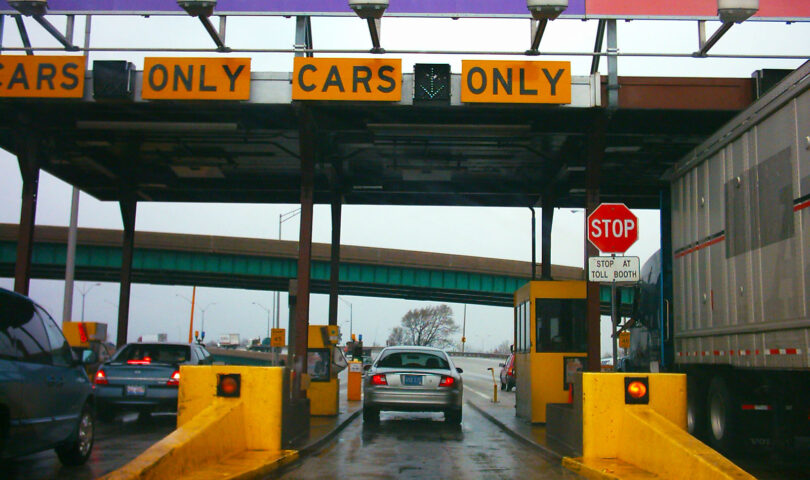Here we are with another article regarding New York City Mayor Eric Adams. Instead of crime fighting robots, this week it’s congestion pricing, which Adams and New York Gov. Kathy Hochul gave the green light to back in June.
You’re not alone if you don’t know what congestion pricing means. Essentially, New York City will now charge a fee for drivers for entering certain designated zones with the goal of reducing traffic, as well as encouraging the use of public transportation. The zone, which is being called the Central Business District, covers any area in Manhattan from 60th Street to the Brooklyn Bridge, excluding the FDR Drive and West Side Highway.
The idea that city drivers will simply stop driving because of tolls is short-minded.
In theory, congestion pricing has the potential to be effective, especially in regard to those who live in New York City. However, the idea starts to unravel when the price of the tolls comes into view. It’s estimated that pricing will range from as low as $9 to as high as $23 during peak times, which is designated as Monday through Friday, 6 a.m. to 8 p.m.
When introducing the first-of-its-kind toll, Hochul said that congestion pricing “will reduce traffic in our crowded downtown, improve air quality and provide critical resources to the Metropolitan Transit Authority (MTA).” Adams had a similar statement, only adding that it will also lead to safer streets.
Exceptions to the tolls include a 25% discount for low-income drivers, and a tax credit will be given to low-income residents who live in the congestion pricing zones. Vehicles transferring disabled people will be exempt, as well as emergency vehicles such as ambulances, fire trucks and police cars.
The MTA estimates that the new tolls will bring in over $1 billion, which would be allocated to infrastructure improvements, maintenance and upgrades to buses and subways. As for the environmental impact, the MTA estimates that congestion pricing would decrease vehicles entering the designated zones between 15% to 20%, with traffic declining from 18% to 20%, leading to better air quality.
Despite the positive aspects of congestion toll prices, the plan creates more questions than answers. The idea that city drivers will simply stop driving because of tolls is short-minded. If anything, the designated zones will only create more congestion in other, non-tolled areas, potentially leading to even worse air quality.
Roads like the Brooklyn-Queen Expressway, the Cross-Bronx Expressway, the Staten Island-Expressway and the FDR Drive would likely see increased congestion, in addition to what those highways already see daily.
If Adams and Hochul want New Yorkers to rely on public transportation even more than they already do, perhaps the MTA should do more to ensure a reliable system, instead of the exponentially increasing number of delays the subway system has seen since 2012. Those numbers include a five-year period where the annual delays in the subway system rose from over 350,000 to over 890,000.
One of the more notable opponents of congestion pricing is New Jersey Gov. Phil Murphy, who last week said, “This proposed tolling program remains a fundamentally flawed and unjust scheme to balance the MTA’s budget at the expense of hardworking New Jerseyans.” It’s estimated that over 320,000 people commute from New Jersey to New York City on a daily basis.
Murphy also said that New Jersey residents should be exempt from the tolling, and has also filed a lawsuit against New York, pledging that “New Jersey taxpayer dollars stay in [the] state and go toward programs and services that benefit New Jerseyans,” rather than going towards the MTA and New York City.
When congestion pricing goes into effect in the spring of 2024, a drivers’ commute from Princeton to the Central Business District in Manhattan would cost approximately $120. In a world where inflation is already causing financial stress for millions of people, the added cost of congestion pricing will cause more harm than good.
wjackso2@ramapo.edu
Featured photo courtesy of Jetzenpolis, Flickr






